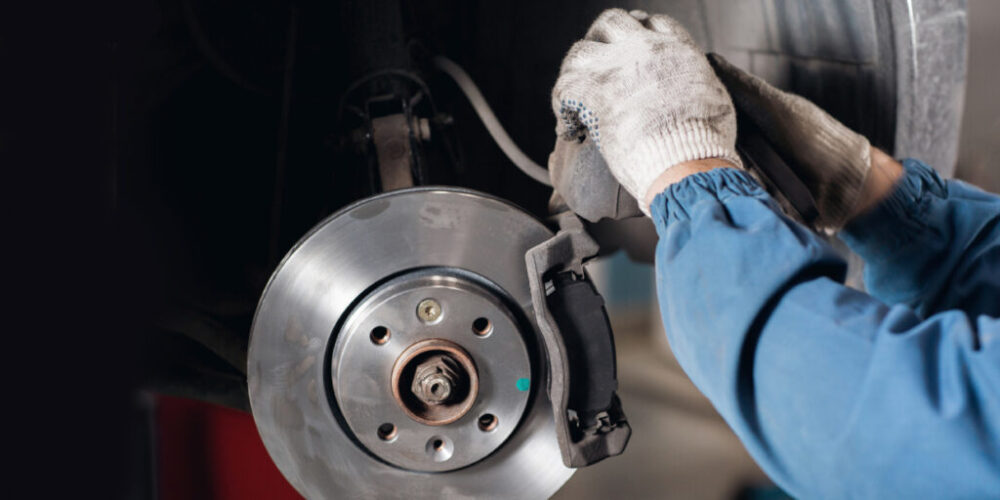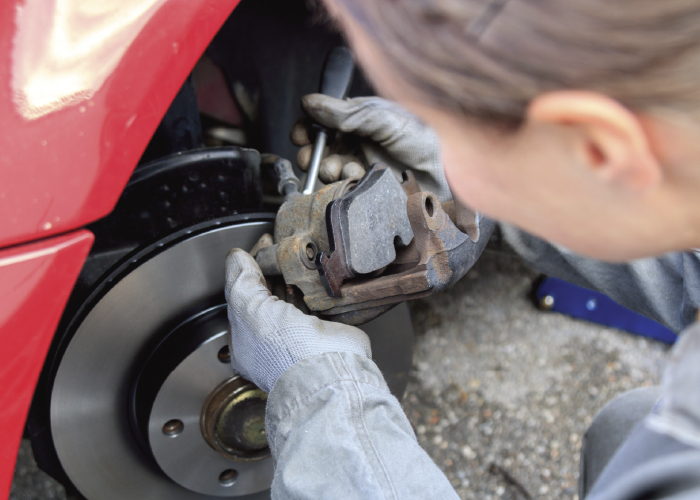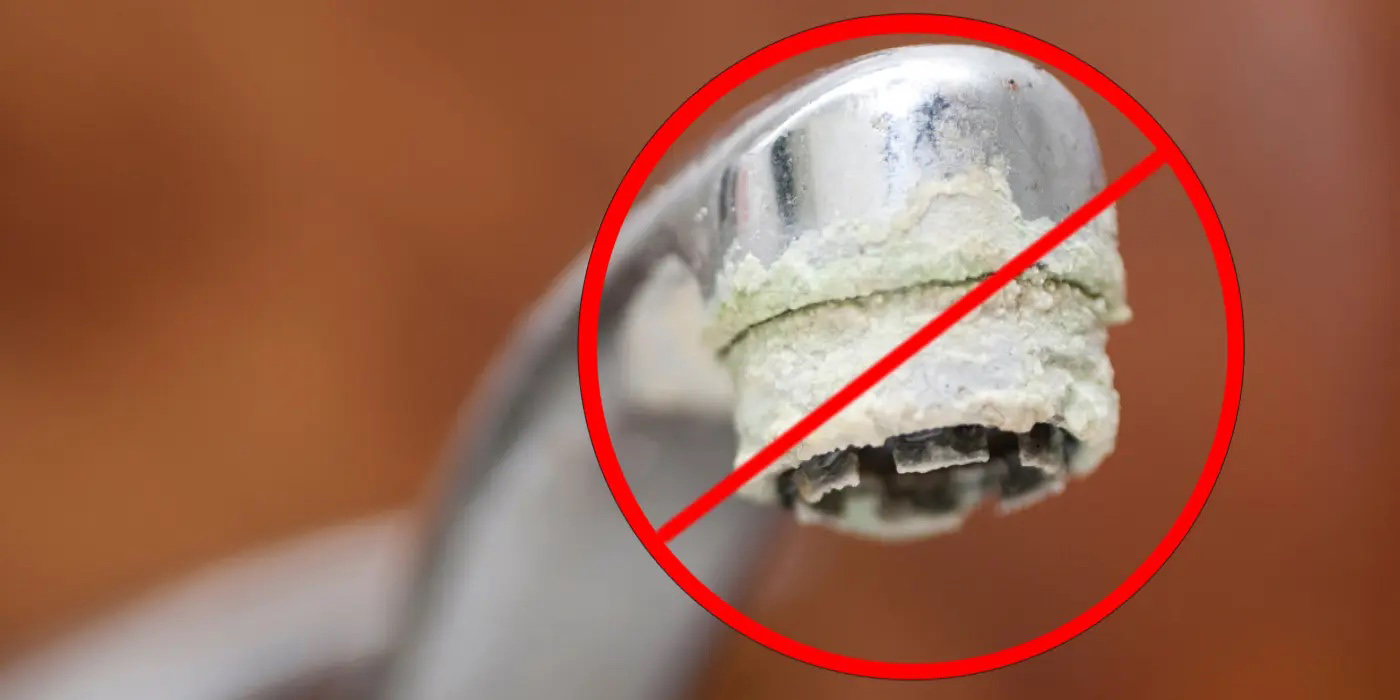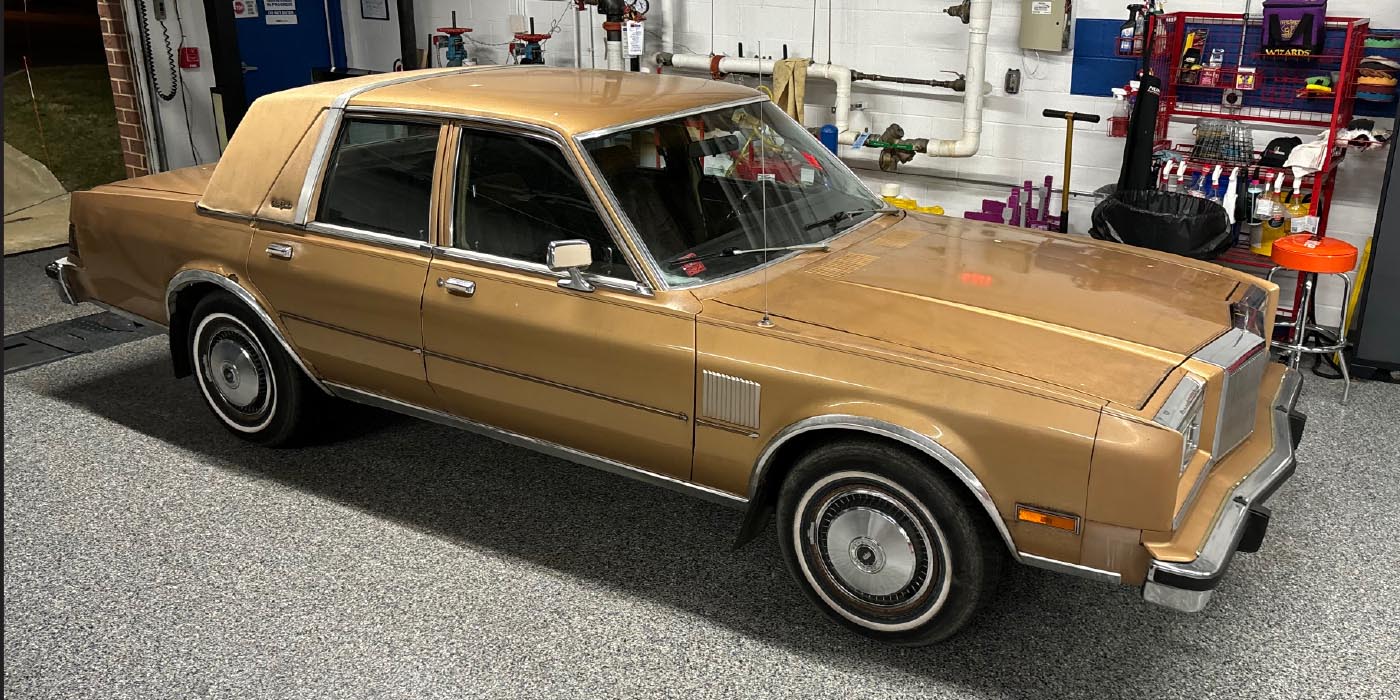Why is everyone chasing the cheapest brake service? It often seems that new-car dealers, chains and independent shops are locked in a race to the bottom when it comes to brake service.
Some shops see brake jobs as the bottomless breadsticks or happy hour specials that get people in the door so that they spend money on entrees. The difference is a consumer has never needed to use an appetizer to keep their family safe.
We can all agree that no two vehicles or drivers are the same, so why give one price for all vehicles or even a uniform “starting at” price?
Price Shoppers
Shops that charge the cheapest prices for brake jobs do so for a few reasons, the biggest being they are afraid of costing more than the competition down the street. Some almost treat the brake job as a loss leader to get customers in the door so they can inspect the vehicle. While this might work for some retail businesses, it will not work for a traditional repair shop building long-term customer growth and profitability.
Cheap Brakes = Cheap Result
Most factory labor times call for 0.7 hours to replace just the pads. To replace a rotor is about 0.1 to 0.2 hours, depending on the vehicle. With 0.9 hours to do the job right, the profit margins start to get thin. Most brake jobs finished in less than 0.9 hours require shortcuts that are not recommended by the OEMs. Some of these shortcuts might include not measuring for runout in the rotor or hub, and not cleaning and lubricating the guide pin and slides.
Cheap Pads = Comebacks
To avoid losing money on a brake service, compromises might need to be made when it comes to the pads and rotors. Cheap pads or rotors exist, but by cutting corners and installing these lackluster parts, you are drastically decreasing the life of the service, the safety of the driver and customer satisfaction.
Shops that perform cheap brake jobs are making a dangerous assumption that the average customer wants to sacrifice higher quality for price. In my experience, this is rarely the case.
The Value of Integrity
Brake pads require a great deal of testing and engineering because they are made for specific vehicles. A quality brake pad manufacturer will spend a lot of time and money developing a brake pad application. This includes simulated on-the-vehicle testing. These types of tests are time- and equipment-intensive.
A brake dynamometer, for example, can be more sophisticated and larger than an engine dynamometer. Brake dynamometers can simulate the conditions the brake system will experience in a much shorter time than real-world testing. This means that a brake dynamometer can simulate the mass, inertia and performance capabilities of a given vehicle.
The typical brake dynamometer can cost anywhere between $250,000 (used) to more than $1 million. Some brake friction suppliers own dynamometers, while some lease dynamometers from testing companies.
Rotor Service
There is usually a disclaimer on most cheap brake job banners that says: “Machining of rotors or drums extra.” Not addressing the rotors every brake job is setting your shop up for a comeback that can destroy any profit you may get from installing cheap brakes.
If you look at most OEM pad replacement procedures, they typically say that if the rotor is within specifications, you do not need to machine it (assuming you are taking the time during a brake job to measure runout and thickness variation). But, these procedures assume that the exact same friction material is on the vehicle.
With some ceramic and NAO pads, a transfer layer of friction material is bonded to the rotor’s surface. The layer is always being worn and replenished by the brake pad during braking events. This layer cannot be washed away by water or an abrasive disc and can only be removed with a brake lathe. If this layer is not removed, the new pads can become contaminated and not perform to their full potential.
At minimum, you should be checking thickness and runout. Using an on-the-car brake lathe or runout correction plates takes time, so you should charge for it.
Hardware is Never Extra
Cheap brake job coupons almost always come with the clause: “hardware extra.” But new hardware is critical to protecting the driver’s investment in a proper brake job. That’s because hardware protects the pads and ensures that they will last. Heating and cooling cycles can weaken springs and anti-rattle clips. Weak hardware parts can result in excessive caliper/pad movement or binding, which will cause noise and other related problems. This can lead to uneven and premature pad wear, warped rotors and pulling.
Most floating brake calipers use a rubber or plastic insulator or shim around the mounting bolts of the caliper. As materials wear, they start to flatten into an oval shape due to the torque from the brakes. This can cause excessive caliper movement. Torn boots can also allow water to enter the guide pin holes, causing rattles and thumps even if the brakes are not applied.
Ask Your Best Customers
Cheap brake jobs can artificially inflate car counts in the short term, but they attract the type of customers that will not help build your business’s bottom line in the long term.
Look at your top customers. For most shops, these top customers account for a large percentage of your revenue and even more of the profit. These customers come in more than once and recommend your shop to their friends. If you ask them why they come to your shop, chances are they will not say price. They will typically say trust and service.
Cheap brake jobs are also an inventory issue. Your shop has only so many hours of labor it can sell a day. A fixed-price hour of labor for a cheap brake job is not as profitable as an hour of labor for a major undercar repair — but not doing brake jobs isn’t a solution either.
The solution is to perform brake jobs that use the best-quality parts with labor prices that reflect reality — not just what the guy down the street is willing to take. The customer really wants more than price, you just have to be willing to explain the benefits that quality parts can have on their vehicle’s performance.

















